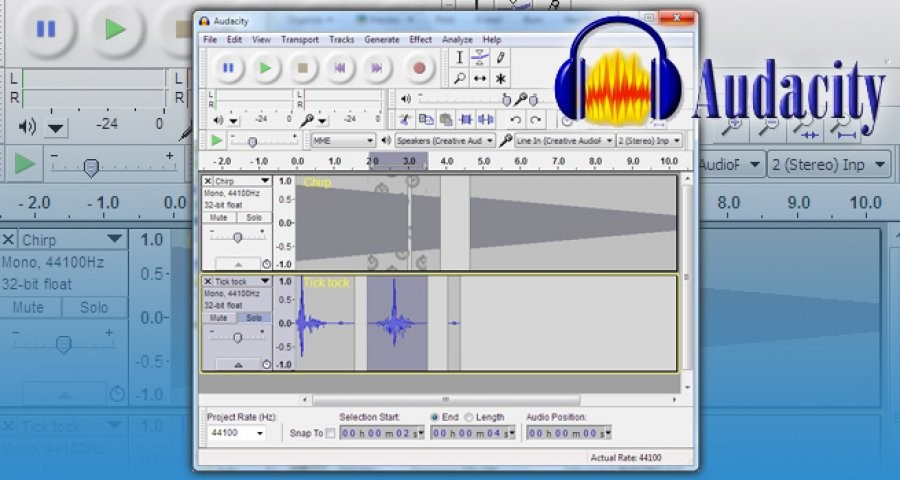Conversion is fast and easy:
- Step 1: Song selection
- Step 2: Source frequency selection
- Step 3: Target frequency selection
- Step 4: Output format (mp3, etc.)
- Step 5: Conversion
Step 1: Select song

Isochronic Tones vs Binaural Beats. The discovery of binaural beats can be traced back to 1839, by German scientist Heinrich Wilhelm Dove. Whereas isochronic tones is a much newer discovery, with the first study being published by Arturo Manns in 1981, which showed that isochronic tones produce a much stronger brainwave entrainment effect, compared to binaural beats. After converting to 432 Hz, all the notes in the music were automatically frequencyed according to the 432 Hz note frequency table! Because, Pc automatically tunes all notes according to the this formula: 432 Hz. 2^(n/12) If n is positive, it gives the frequency of the notes after A4 in accordance with its order, and if it is negative, it gives the frequency of the notes before A4. N=0 - A4 = 432 Hz.
Select a local music file, a file from a website, or a file from OneDrive or DropBox. The converter supports a wide range of input media formats, such as mp3, aac, mp4, wav, flac, ogg, m4a, avi, and many more.
OR
OR
Step 2: Source frequency
Select the source frequency of the selected song. In most cases the source frequency is 440Hz standard A. More details about music frequencies can be found here.
OR
This value is the source song's A4 frequency in Hertz. You can either manually enter a value or select one from the presets.
Step 3: Target frequency
432 Hz Music
Select the target frequency. For instance select '432 Hz' if you want to convert to 432 Hz music.
This value is the target A4 frequency in Hertz. You can either manually enter a value or select one from the presets.

Step 4: Output options
Select the output format and processing method.

Audacity 432 Hz Video
Two different algorithms are provided (one time-based and one frequency-based). Depending on the input music one or the other algorithm produces better results but it cannot be generally said that one algorithm is better than the other. If the resulting audio sounds distorted then try the other algorithm.
Step 5: Convert
